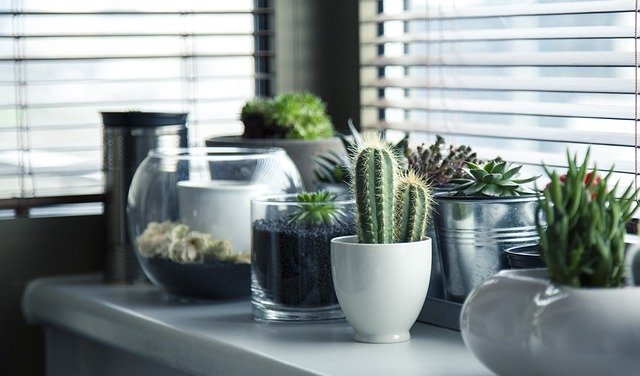Growing plants indoors is a rewarding hobby for many people. Whether you are looking to grow your own food, or just want the satisfaction of tending to something green and living in an otherwise barren space, indoor gardening is a great pastime. However, it can be challenging to find the right light source for your garden. Many growers use incandescent bulbs, but there are more effective options available that will provide better yields with less energy usage!
LED grow lights:
LED grow lights are a great way to increase yield, boost plant growth and improve the overall health of your plants. They produce light that is both cool in temperature and color spectrum, making them perfect for indoor growing environments. As LED technology continues to advance, growers need to know how best to get the most out of their units. In this blog post we will explore some tips and tricks on using LED grow lights as well as how it works and why they might be the best option for your home growing needs.
We will look at some of the differences between LED grow lights and other types of grow lights that are often used by growers.
LEDs emit a cooler, more focused spectrum than many common type of indoor lighting, making them optimal for plant growth because plants thrive in cool environments while incandescent bulbs produce yellowish light which doesn’t promote healthy foliage colouration or adequate photosynthesis. LEDs also use less energy to operate, so they’re eco friendly! They can be tailored to suit specific needs as well; there is a huge variety on offer with different wavelengths available depending on what you need from your plants (e.g. white, blue).
There are two main categories: full-spectrum and specialty wavelength. Full-spectrum lights are a good option if you’re not sure about what to buy and covers all the wavelengths needed for plant growth. Specialty wavelength LEDs are more expensive but can be tailored exactly to suit your needs (e.g. red or blue).
The LED grow light that I would recommend is Agrolite, which produces an impressive 50% better yield than other LED grow lamps on the market while only using 75 watts of power; this means it generates as much light per watt as regular fluorescent bulbs!
Here are some more tips to get best out of your LED lights:
Don’t Be Afraid to Install Multiple LEDs:
You don’t need to worry about your plants growing into the lights and bumping up against them. With LEDs, you can install as many as you want and they will only produce a little heat.
The Right Distance From Plants:
You need to find the best distance to put your LED lights from the plants you are growing. Using them too close can damage plants while using them too far away will not produce enough light to grow plants. So, the best distance to put your LED lights from the plants you are growing is about a foot and a half away. Using them too close can damage plants while using them too far away will not produce enough light to grow plants.
Maintaining Your LEDs:
It is important to remember that LED lights produce less heat than other types of grow lamps, but you still need to keep them clean and well-maintained with a quality air filter or fan for cooling. If you want high yields from plants, you need the best growing lights that produce strong light without producing too much heat.
If You Want High Yields from Plants You Need Good Grow Lights:
The best grow lights will produce strong yields from plants. The light should also have the right wavelength for what you are growing, such as blue or red wavelengths, and it needs to be bright without producing too much heat. A good quality LED growing lamp will offer red and blue wavelengths for different types of plants and a bright light that doesn’t generate too much heat.
LED Grow Lights- Good for Plants and the Environment:
LED grow lights are good for plants because they don’t produce any heat. That means you can put them closer to your plants without damaging their leaves or causing a fire from an open flame. LEDs also use very little electricity, so it’s much better for both people and the environment when compared to other types of light fixtures that need constant power supply. You could easily power one LED with a solar panel in most cases because there is no excess energy being used up by heating elements like halogen bulbs do, which makes LEDs perfect eco friendly growing lamps!
Don’t go cheap:
Always choose a quality light that is not made from cheap materials or poor manufacturing techniques because they will break and stop working almost as soon as you get them home!
The most important thing would probably have something to do with the wattage level. When looking at LEDs, it’s generally recommended that you get lights in the range between 300 and 500 watts because they work well with smaller spaces or medium-sized ones like a tent or closet-sized room. So the final words are that you should take into account the wattage level of your space before making a final decision on which LED light is best for you!




